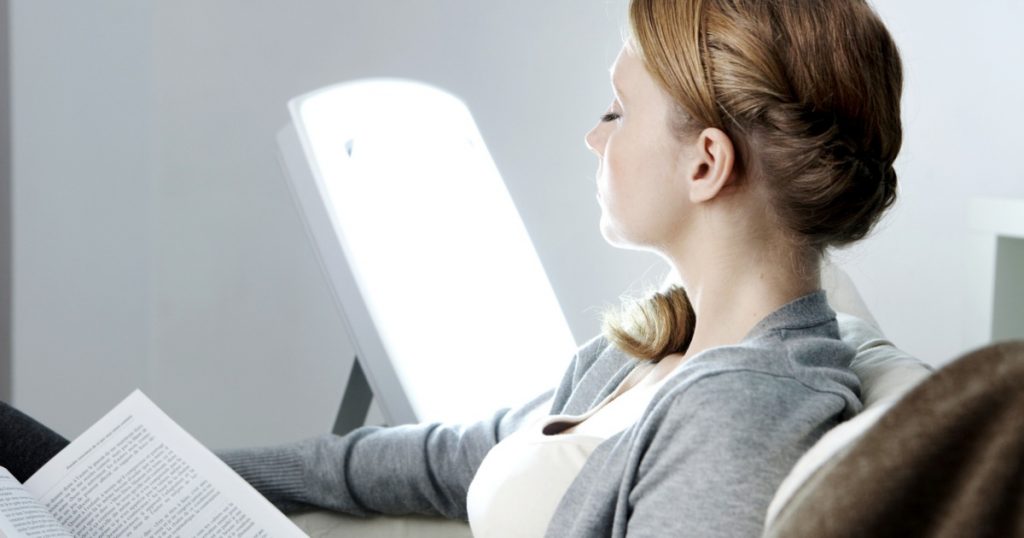Exploring the Origins of Bright Light Therapy

For the Northern Hemisphere, the darkest and shortest day of the year is December 21st, and whenever it comes around, for denizens in this region, sunlight is always scarce, which tends to make people feel melancholy. This gloominess has a medical name and it’s known as seasonal affective disorder (SAD).
Thankfully, help is available in the form of light therapy.
Season Affective Disorder Light Therapy: A Brief History
Light therapy has evolved a lot over the years but its origins actually date back to thousands of years ago. Researchers have found ample evidence of light therapy in the cultures of Ancient India, Ancient, Greece, Ancient Rome, and Ancient Egypt. These civilizations, along with the early German settlers and Incas used to worship the sun and its healing properties.
Ancient medical literature of India and China has vivid descriptions of local physicians using natural sunlight in combination with herbs to treat several skin conditions such as acne and rosacea.
In modern times, it was Niels Finsen, a Faroese doctor who specifically developed an artificial light to alleviate skin conditions. He ended up winning the Nobel Prize (1903) for his incredible work which inspired the United Kingdom in the 1930s to adopt light therapy as a mainstream treatment for several health issues.

Since then, many studies have found that sunlight, as well as some forms of artificial lights, can have therapeutic effects on sleep disorders, fungal infections, psoriasis, eczema, and more.
By the 1930s, light therapy has swept the medical and healing community across America and Europe as well. That’s when manufacturers started making “sun lamps” that used to emit UV rays; these later inspired the creation of tanning beds, too.
Researchers Support Light Therapy for SAD Patients
Seasonal affective disorder was not discovered until the 1980s. Scientists had never thought that humans also respond to the seasonal changes like some other animals until that point. Then Dr. A.J. Lewy and some other researchers at the National Institutes of Mental Health revealed the effect of light in the brain in 1980.
Dr. Lewy demonstrated that human biological functions are influenced by light or lack of it. His groundbreaking work proved that lack of exposure to natural light can leave a person feeling depressed during the winter months. Since then, medical communities across the world have found plenty of evidence that proves seasonal affective disorder is very real and it may be caused by lack of exposure to light.
Modern Lights for Depression
Today’s light therapy equipment has come a long way from those ancient sun lamps. These modern lights, like the Feel Bright Lights, are designed to mimic the sun, just without the damaging UV light, so you can get your daily dosage of Vitamin D – even if you are currently experiencing icy Chicago winters.
And these lights do much more than lift your mood by boosting your serotonin (happy hormones) levels; they improve your sleep patterns and increase your concentration and motivation. Many severely depressed patients have reported that they feel enhanced energy levels after using light therapy treatment for 30-minutes a day, every day for a few weeks. Light therapy treatments are a time-tested way to support better mood and enhance your well-being. Choose Feel Bright Light, a treatment owned and invented by a medical doctor who is an authority and pioneer in the field of light therapy. Visit our products page to discover the wonder of Feel Bright Light for yourself or call us toll-free at 207-935-1256.
